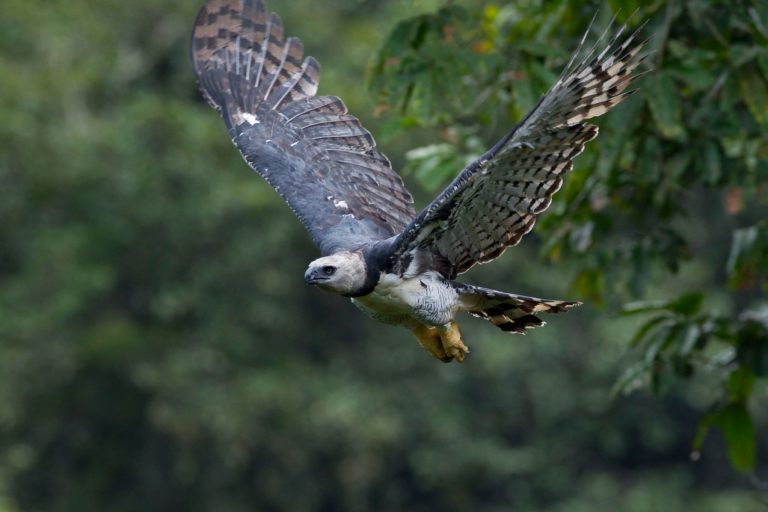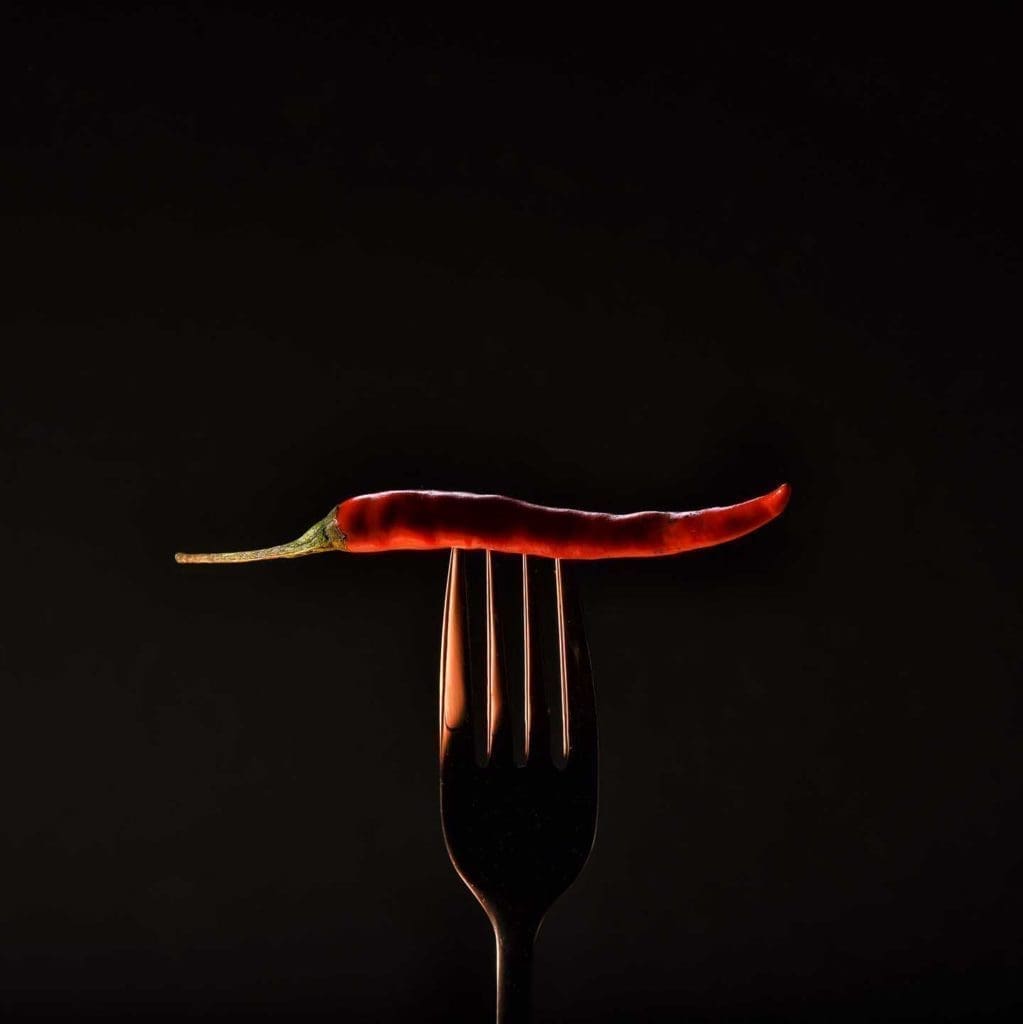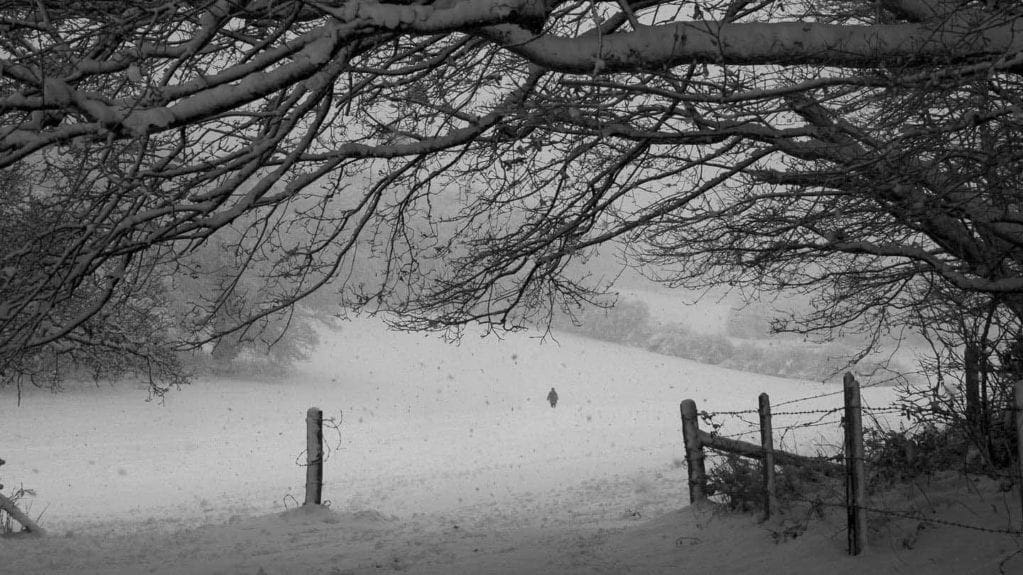[ad_1]
- Monitoring, research, tourism, photography and environmental education are the tools to protect Brazil’s largest bird of prey, which currently has large and diverse populations only in the Amazon.
- The Harpy Eagle Project has spent 25 years monitoring more than 60 nests in the Amazon, the Cerrado region and the Atlantic Forest; one of its programs aims to approach conservation in an integrated way, by returning to nature every bird that is capable of not remaining in permanent captivity.
- Habitat loss, hunting and collision with high voltage wires are the main threats to the species; it is also common for people to shoot a harpy out of mere “curiosity.”
- Researchers point out that with the worsening of climate change, the harpy eagle will have a reduced distribution and may disappear from regions such as the Arc of Deforestation, at the edge of the Amazon.
“Keeping the nest tree standing and protecting a small area around that tree is one of our goals,” says Tânia Sanaiotti, founder of the Harpy Eagle Project, 25 years old now. “If you leave only the nest tree there in the middle of nowhere, the nestling won’t be able to take its first flight. It is very important to keep some tall trees where the nestling will be able to develop its muscles.
Considered vulnerable by the International Union for Conservation of Nature’s (IUCN) Red List of Threatened Species, the harpy eagle (Harpia harpyja) is one of the world’s largest birds of prey. Since the 19th century, it has lost more than 40% of its territory, which ranges from Mexico to Argentina. In Brazil, the bird used to be found in all biomes. Today, large, functional and diverse populations are found only in the Amazon.
Monogamous, harpies use the same nest for decades, having a chick every three years. The Sumaúma (Ceiba pentandra), the Brazil nut tree (Bertholletia excelsa), the jatobá (Hymenaea courbaril) and the angelim (Dinizia excelsa) are their favorite trees, the tallest in the forest and also the most coveted by loggers. Endowed with a large fork, the chosen trees need to provide space for the arrival and departure of the nests, which can be up to 2.5 meters (8.2 feet) in diameter. There, the chicks develop for five months before venturing their first flight, from 15 to 30 meters (49 to 98 feet) away. Once the musculature has developed, Sanaiotti says that an adult bird can reach 200 or 300 meters in two wingbeats.
The top of the chain species, which can reach 9 kilograms (20 pounds), has special importance in maintaining the health of the ecosystem, but has peculiar requirements: carnivorous, it needs about 800 grams (1.8 pounds) of food per day. Fish, snakes, lizards and birds are good snacks, but monkeys, agoutis and sloths are the most appreciated delicacies.
Research, monitoring, photography, tourism and environmental education have been tools to protect Brazil’s largest raptor from habitat loss and the challenges that emerge from devastation: Proximity to human communities increases persecution, hunting and collisions with power lines.

First nests
Hawk monitoring in Brazil began in the 1980s, when researchers from the Biological Dynamics of Forest Fragments Project (PDBFF), a research center founded by biologist Thomas Lovejoy, started to monitor nests of the ornate hawk-eagle (Spizaetus ornatos) and the false uiraçu (Morphnus guianensis) in the project’s reserves in the State of Amazonas. In 2011, the first harpy eagle nest was found, and currently there are two harpy eagle nests monitored inside one of the units, in partnership with the National Institute for Amazon Research (INPA) and the Harpy Eagle Project.
The Harpy Eagle Project began in 1997 in the Amazon. “We made posters and put them on boats on various routes,” says Sanaiotti about the beginning, when they were looking for the first nests for research, protection and monitoring. “Everyone knew there was a group of people studying hawks.”
Today there are more than 60 nests monitored in the Amazon, the Cerrado, and the Atlantic Forest, with the support of partner researchers, volunteers and students who collect data, promote environmental education activities and disseminate information to protect the nests’ surroundings.
In addition to research and field activities, the Harpy Eagle Project has recently created the Ex-Situ Program. As a strategy to approach conservation in an integrated way, the program studies the situation of captive birds that were removed from the wild due to illegal capture, destruction of nesting trees or other conflicts. The largest population of harpies outside their natural environment is in Brazil, with 139 individuals in 40 institutions.
According to the INPA researcher, the reproduction of the species in captivity for reintroduction into the wild as a conservation strategy still needs to be carefully analyzed and is not a priority for the Harpy Eagle Project.
“One of the aspects of the project is to return to nature everything that can be kept out of permanent captivity. This is one of the main goals”, explains Sanaiotti. “It’s very painful for us when we hear that there is a shot animal. When you see the bend in the river they are on, you know that help won’t arrive for 24 hours. If you don’t get help within 24 hours, the type of injury is almost irreversible. Treatment is often hampered by the immensity and shape of the Amazon hydrographic network.”

Curiosity kills
“Here it ‘snows’ incinerated forest every August. I live in the Arc of Deforestation, I don’t live in an easy place for a biologist,” says researcher Everton Miranda, who now lives in northern Mato Grosso. “People ask me how I continue to have hope. What recharges my hope is when pictures of [harpy eagle] eggs in the nests appear in the camera traps. I’m always very happy. I think it has a chance to go forward.”
With the loss of habitat and the worsening of climate change, the harpy eagle has had its distribution constantly reduced. “In the current scenario of climate change, the tendency is that these populations along the Arc of Deforestation will disappear,” warns Everton.
The proximity to human communities also makes the harpy eagle a victim of hunting, persecution and clashes with transmission lines.
“People kill these animals here in the Arc of Deforestation mainly out of curiosity, as they say: ‘to see with their hands,’” says Everton. “This type of slaughter represents a rate of 2.6 dead individuals per 100 km² [38.6 mi²] per year here in the southern Amazon. Well, if we’re talking about a species that only has 9.7 individuals per 100 km², this is an extremely high mortality rate.”
By interviewing landowners in a 3,000-km² (1,158-mi²) area within the so-called Arc of Deforestation in northern Mato Grosso state, Everton concluded that 80% of the 181 harpy eagle slaughters in the region occurred “out of curiosity.” Only 20% of the birds were killed in retaliation for preying on farm animals like chickens, goats, pigs or sheep.
Everton is also the author of a study that monitored 16 active harpy nests in a 429,000-km² (165,600-mi²) area in northern Mato Grosso. Three young harpies died of starvation in landscapes that lost 50-70% of their forest, showing that extinctions of apex predators occur largely because of the absence of prey. The study concluded that in the Arc of Deforestation, a forest cover of at least 50% is needed to enable the birds to survive. One-third of the region doesn’t have the conditions to support the reproduction of the species.

Since 2017, the biologist has been relying on ecotourism as a strategy for harpy eagle and forest conservation through collaboration with a tourism company that installs observation towers near the eagles’ nests. Having the harpy eagle as a flagship species for forest conservation has been a strategy to change mindsets and bring additional sources of income to the residents.
The nests in the region are now mapped with the help of local residents, and money is offered for each nest located. Properties with harpy eagle nests are equipped with observation towers.
“We offer the land owner a contract in which he gets $20 per tourist per day of visit on his property. The owners don’t have any kind of costs,” Everton explains. “On the other hand, he has to fulfill a series of obligations related to the conservation of that property.”
In addition to the land owners receiving an income, the local population is also benefited by providing services such as building the towers, cleaning the trails, and food for tourists and employees, among others.
“What attracts the rural landowner the most is not the money. When he sees a person who has traveled around the world, gone around the Earth to see something that he has in his backyard, that’s when the shift in his heart happens, because it’s like he has the Eiffel Tower in his backyard,” says the biologist. “He starts to give a great deal of importance and this sense of pride that the owner starts to have in relation to the forest is very important.”

Photography as an ally
“It’s like a subway network. It goes on one line and comes back, goes on another line and comes back,” says Sanaiotti about the harpy’s itinerary through the skies of Rondônia. “There are harpy eagles living in strips of forest along a river, in very small fragments, sometimes a hectare. So, it has to move many times over the pastures to get to another small forest. The more fragmented the forest, the more the harpies are exposed to risk — both from being shot and from hitting a power line.”
Rondônia state is one of the most challenging states for harpy eagle survival in the Amazon. “The harpy eagle is disappearing at a higher rate than the deforestation rate. Some nests that we have been monitoring for 10 or 12 years are disappearing from the region,” says Carlos Tuyama, coordinator of the Harpy Eagle Project in Rondônia. “The region where I live [the municipality of Rolim de Moura] has 10% of forest cover today. The rest was turned into pasture, into agricultural areas. And, obviously, all the fauna that existed in this region was affected.”
The expansion of occupation and the consequent suppression of the forest, which occurred as of the 1980s in the region, is repeated in other Amazonian cities, such as Paragominas and Altamira, both in Pará. With the fragmentation of the forest, the bird is often restricted to the legal reserve and permanent preservation areas. “We have seen harpy nests in Brazil nut trees that were destroyed inside Legal Reserves,” says Sanaiotti.
Since 2015, businessman and photographer Tuyama has worked as a volunteer for the Harpy Eagle Project and has found in photography a tool for scientific data collection and environmental education.

“The photography and video obtained by camera traps have a huge importance because you get information and knowledge that, if you were there all day, you probably wouldn’t get,” says Tuyama. “It is also very important to create empathy with people. Not everyone knows a bird like this and it’s important to have a material to work with environmental education, especially in the communities near these nests.”
Saving the nests is one of the main objectives of the researchers protecting the species. “It should be a law to point out which trees have nests at the preliminary survey time in a conservation plan,” says Sanaiotti, mentioning the forest concessions made by the Brazilian Forest Service. “Whoever is authorizing the cutting has tools in hand that can minimize the impact on this species. This is a challenge for 2023.”
Banner image by João Marcos Rosa/ Harpy Eagle Project.
Citations:
De Oliveira, M. J., Aguiar-Silva, F. H., De Moraes, W., Sanaiotti, T. M., Banhos, A., & Moreira, N. (2022). Ex situ population of the harpy eagle and its potential for integrated conservation. ZooKeys, 1083, 109-128. doi:10.3897/zookeys.1083.69047
Sutton, L. J., Anderson, D. L., Franco, M., McClure, C. J., Miranda, E. B., Vargas, F. H., … Puschendorf, R. (2022). Reduced range size and important bird and biodiversity area coverage for the harpy eagle (Harpia harpyja) predicted from multiple climate change scenarios. Ibis, 164(3), 649-666. doi:10.1111/ibi.13046
Human persecution of the harpy eagle: A widespread threat? (2020). The Journal of Raptor Research. doi:10.3356/jrr-20-76
Câmara Gusmão, A., Danilo Degra, Odair Diogo da Silva, Lucas Simão de Souza, Angélica Vilas Boas da Frota, Carlos Augusto Tuyama, … Manoel dos Santos Filho. (2020). Power lines as a threat to a canopy predator: Electrocuted harpy eagle in southwestern Brazilian Amazon. Journal of Threatened Taxa, 12(13), 16904-16908.
Miranda, E. B., Peres, C. A., & Downs, C. T. (2021). Landowner perceptions of livestock predation: Implications for persecution of an Amazonian APEX predator. Animal Conservation, 25(1), 110-124. doi:10.1111/acv.12727
Miranda, E. B., Peres, C. A., Carvalho-Rocha, V., Miguel, B. V., Lormand, N., Huizinga, N., … Downs, C. T. (2021). Tropical deforestation induces thresholds of reproductive viability and habitat suitability in earth’s largest eagles. Scientific Reports, 11(1). doi:10.1038/s41598-021-92372-z
This story was first published here on our Mongabay Brasil site on December 19, 2022.
[ad_2]
































